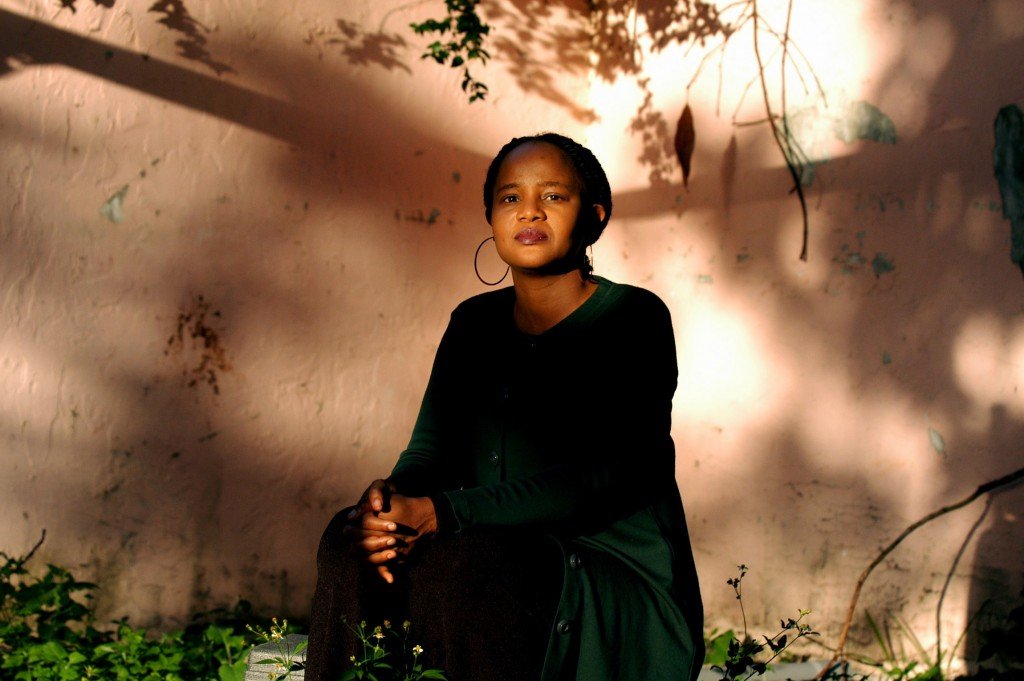Create Dangerously
In a collection of essays called Resistance, Rebellion, and Death, the French philosopher and journalist Albert Camus writes, “Art cannot be a monologue. We are on the high seas. The artist, like everyone else, must bend to his oar, without dying if possible.”
Art and death are two things that have shaped the life and writing of the acclaimed Haitian novelist Edwidge Danticat, whose book Create Dangerously: The Immigrant Artist at Work borrows its title from Camus.
Though Danticat emigrated to the United States with her family as a child, and while she was not among those in Haiti at the time of the devastating earthquake of January 12, 2010, the gravity of it is something she carries with her every day. Just as it has done for so many others in the Haitian diaspora, the earthquake’s destruction has come to define her.
During Haiti’s earlier era of prolonged dictatorships—a state of affairs that led many Haitians like Danticat to flee—artists, authors, and other cultural “creators” were often silenced and killed. In an especially poignant passage in Create Dangerously, Danticat writes:
Create dangerously, for people who read dangerously. This is what I’ve always thought it meant to be a writer. Writing, knowing in part that no matter how trivial your words may seem, someday, somewhere, someone may risk his or her life to read them. Coming from where I come from, with the history I have—having spent the first twelve years of my life under both dictatorships of Papa Doc and his son, Jean-Claude—this is what I’ve always seen as the unifying principle among all writers… Somewhere, if not now, then maybe years in the future, a future that we may have yet to dream of, someone may risk his or her life to read us. Somewhere, if not now, then maybe years in the future, we may also save someone’s life, because they have given us a passport, making us honorary citizens of their culture.
For more from Danticat on the “dangerous” creative contributions of her fellow Haitians, see this talk she gave at University of California Santa Barbara in 2004, several years prior to the earthquake.
